The spatial audio or immersive sound format war appears to have another casualty. Launched just a few years ago, Sony’s 360 Reality Audio format just suffered a crushing blow. TIDAL, one of two major music streaming services which had supported the format, just announced that it will discontinue support for Sony 360 Reality Audio this month (July 24, 2024). This leaves only Amazon Music and niche streaming services Nugs.net and Artist Connection to support the format. Deezer also dropped support for 360 Reality Audio in 2022.
Why Does it Matter?
Sony’s 360 Reality Audio is an object-based immersive audio format that allows music to be recorded, mixed and delivered to consumers in full surround sound, complete with height channels. This enables a much more engaging and enveloping music listening experience. For multi-channel music recordings, Sony 360 Reality Audio provides an alternative to Dolby Atmos music. Our founder Brian Mitchell went inside the music for a demo of the 360 Reality Audio format at Sony Pictures Studios three years ago and was impressed by what he heard.

Now, with TIDAL dropping support for the format, artists and studios who want to deliver immersive sound or spatial audio music tracks to their customers on a wide assortment of popular music streaming platforms will only have one option: Dolby Atmos. And we believe that lack of competition is bad for the industry.
We reached out to both Sony and TIDAL for insight, but Sony declined to comment. Meanwhile a rep from TIDAL justified their decision this way: “After careful consideration of relative catalog coverage, distribution frequency, and subscriber listening experiences, we decided to discontinue hosting MQA, 360 Reality Audio, and all podcasts on TIDAL. Music fans can continue to access over 110 million songs available in HiRes FLAC, FLAC, and Dolby Atmos on TIDAL for $10.99 USD/month (or local equivalent) on an Individual Plan.”
While dropping MQA was entirely expected, and TIDAL’s selection of podcasts was always pretty limited, the decision to drop support for Sony 360 Reality Audio was a bit of a surprise to some (myself included). I have been listening to immersive music tracks on TIDAL and Amazon Music in both Dolby Atmos and 360 Reality Audio for the past couple of years and found both to offer an enveloping and engaging listening experience. But the selection of songs in 360RA has always been fairly limited. Sony says that there are currently over 7,000 music tracks available in 360 Reality Audio but Dolby Atmos is available in tens of thousands of music tracks, both on new albums and with remixed catalog titles.
Hardware Support
To be honest, hardware support for 360 Reality Audio has been limited with few devices capable of playing back music in the format over speakers. Even on Sony’s own home audio products, supporting 360RA music tracks has presented a challenge. On the company’s ES line of receivers, like the STR-AZ1000ES I reviewed last March, and the HT-A5000 Soundbar I reviewed last December, the only way to support 360RA tracks is via Chromecast Built-in (now known as “Google Cast”). You have to load a compatible music streaming app on your phone then cast 360RA tracks to your receiver or soundbar using the Google Cast feature.
But in this year’s home theater products, the BRAVIA Theatre Quad, BRAVIA Theatre Bar 8 and Theatre Bar 9, Chromecast Built-in support has been dropped. So now those who want to play back music tracks in 360RA format on one of Sony’s BRAVIA home theater products need to connect a third party streaming device to the soundbar or speaker system via its secondary HDMI input. And the only compatible playback devices we’ve been able to find are Amazon’s FireTV Stick 4K, 4K Max or FireTV Cube. And on these devices, the only supported music app to deliver tracks in 360RA is Amazon Music.

App Support of 360 Reality Audio
None of the Music streaming apps on Sony’s own 2024 model year TVs, including TIDAL and Amazon Music, support 360RA output over the set’s HDMI eARC output. This type of connection is normally used to connect the TV to a home theater receiver, speaker system or soundbar. That seems like a pretty big miss if Sony were committed to the 360 Reality Audio format. And yes, we know that Sony relies on the Google TV version of these apps so it’s not entirely up to them to make this sort of support happen.

Meanwhile, Dolby Atmos music tracks are available in Amazon Music, Apple Music and TIDAL on multiple devices across multiple platforms. You can even listen to Dolby Atmos music tracks on the TIDAL app on Sony BRAVIA TVs, through a Sony BRAVIA Theatre Quad speaker system. I’m doing that right now. How’s that for device support? Sony’s own devices support Dolby Atmos music better than they support Sony 360 Reality Audio.
What About Headphones?
It’s easier to listen to 360RA tunes from a supported streaming service over headphones. Most phones and other devices can pass the binauralized (two-channel) version of 360RA tracks to any standard pair of headphones either via a hard-wired connection or a wireless Bluetooth connection. The binauralization process captures the immersive mix into two channels and uses psychoacoustics processing to simulate an immersive sound field from a pair of headphones. And Sony’s own headphones like the ULT WEAR, WH-1000XM5 and WF-1000XM5 feature the ability to optimize your listening of 360RA tracks on headphones by measuring your specific ear shape and customizing the HRTF (Head Related Transfer Function) processing for your individual ears. But our experience with immersive sound with movies or music is that it is much more effective over speakers. Headphones aren’t able to capture that immersive soundstage as effectively as a real set of speakers in your room even with Sony’s ear shape customization.

The Bottom Line
With support for 360 Reality Audio dwindling, it looks like the end may be near for the struggling immersive music format. And as fans of spatial audio and immersive multi-channel music, we are sad to see it go. While Dolby Atmos is quite capable of delivering high quality immersive audio with both movies and music, it’s always nice to have alternatives, and competition. After all, competition drives innovation.
Farewell, 360 Reality Audio. We hardly knew ye.
What do you think, dear readers? Do you listen to music in multi-channel immersive formats like Dolby Atmos or 360 Reality Audio? If so (or if not), let us know in the comments.
Related Reading:


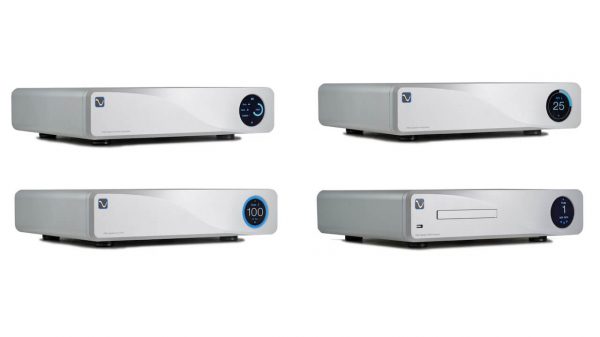
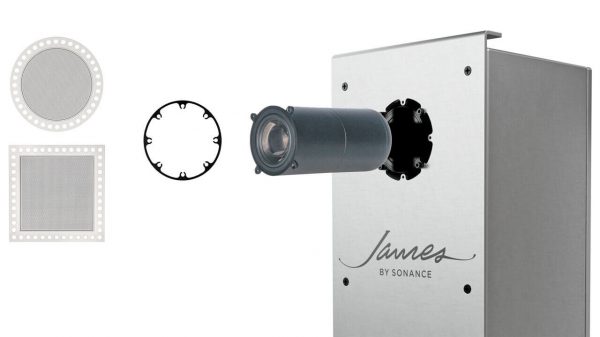
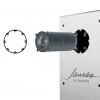
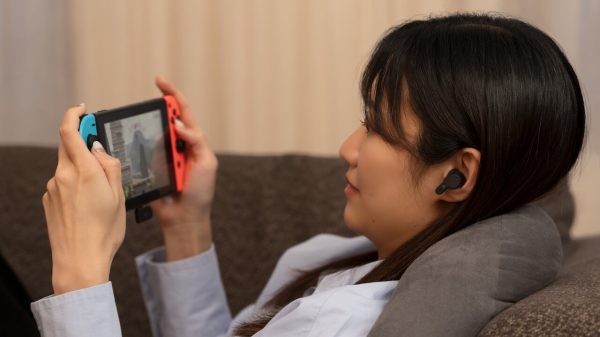

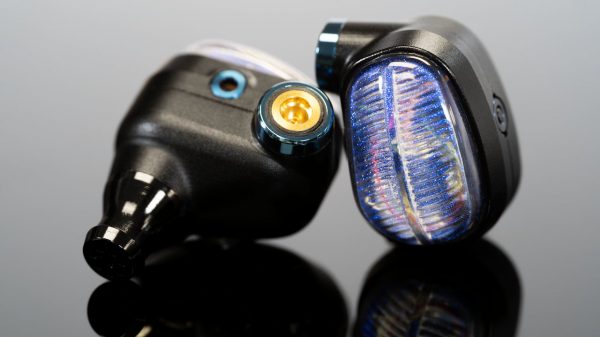

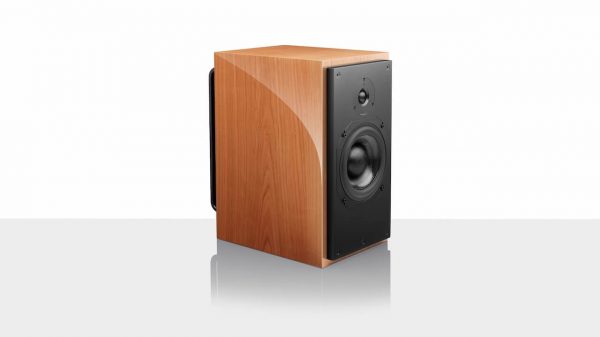

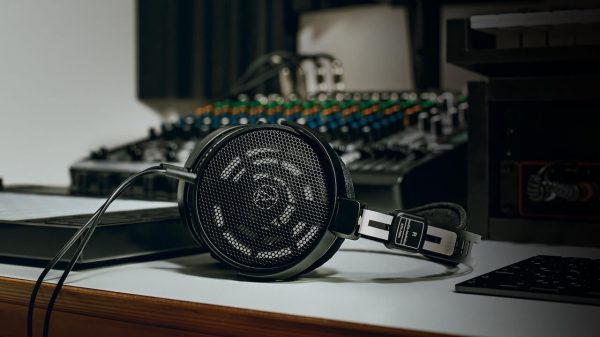

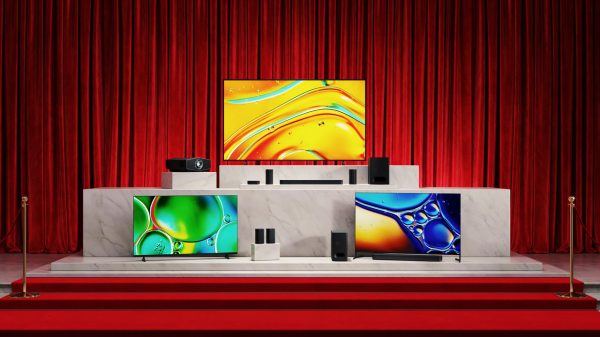

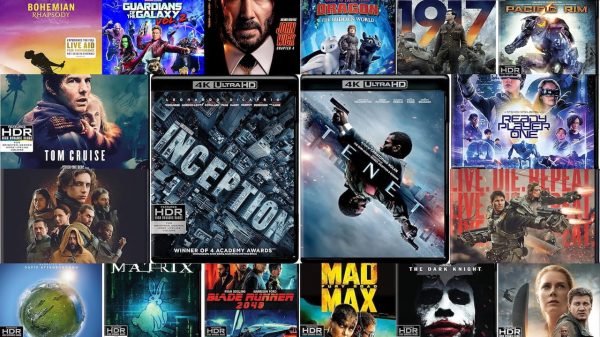









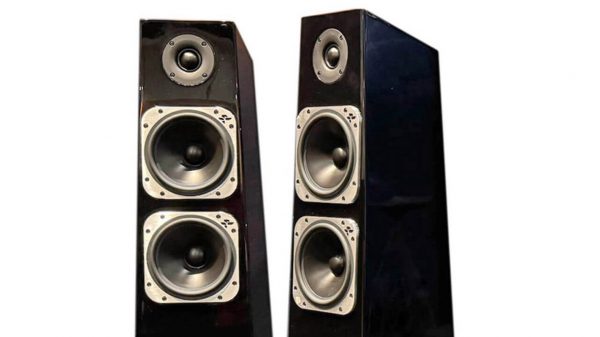
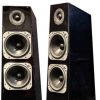

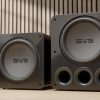











David
July 4, 2024 at 1:21 am
Hi Chris,
I don’t listen to music in multi-channel Atmos or 360. The only “spatial” listening I might do would be if I happen to come across a music video on YouTube that is outputting a multi-channel sound. I certainly don’t search out multi-channel music sources. My music listening is usually done via Spotify streamed through my Marantz receiver and sometimes via YouTube videos. I have a 4.1 channel system, the two rear channels play whenever a signal is sent and that means I am probably watching a movie or other video content. I have no interest in adding more speakers, not even a center channel.
That’s one man’s view.
Good day.
Chris Boylan
July 4, 2024 at 5:39 am
Hi, David,
Thanks for your comment. I hear ya. Many of my friends find stereo music good enough for their needs or even preferred over multi-channel but personally I find music in surround much more engaging. Not so much for passive listening when I’m doing stuff around the house but for really immersing myself in the music.
I still own several DVD-Audio and SACD discs from the last “format war” and put discs like Roxy Music “Avalon” and Pink Floyd “Dark Side of the Moon”(SACD) or The Beatles “Love” or Fleetwood Mac “Rumours” on the OPPO player regularly, particularly when checking out new gear. I love having the option now to find thousands or immersive tracks at my fingertips with TIDAL and Amazon Music. Many of the tracks and albums remixed and remastered for DVD-Audio and SACD have been tweaked for Dolby Atmos and 360RA and are now available on streaming platforms.
BTW, if you have a good stereo pair of speakers properly placed, they can do a great job with a phantom center image so adding a center channel for surround isn’t always necessary.
Anyway, enjoy the music, however you choose to reproduce it! 🙂
Bill Heestand
July 7, 2024 at 7:45 pm
I chased 360RA and purchased a Sony ES only to find what you reported.
I sent it back. Useless.
Now I own a Denon X3800H. I does DA, 360 brilliantly. Im bummed that Sony has another BetaMax failure.
Im especially excited by Auro 3D and how it spatializes all of my two channel tracks. In many cases it’s better than DA and 360!
Chris Boylan
July 8, 2024 at 1:05 pm
Yeah, requiring Chromecast built-in and an app on your phone is an odd way to support immersive music when we already have streaming music apps on our TVs and streaming devices which are all connected to the receiver via HDMI cables.
As you said, the Denon X3800H supports 360RA over HDMI (if you connect a compatible playback device like a Fire TV stick). Technically, the Denon receiver supports MPEG-H immersive sound, which is the open format that 360RA is based on. But it works and sounds great for 360RA as well as Dolby Atmos, and DTS:X. I haven’t experimented too much with AURO 3D since there isn’t much content available natively in that format, but I’ll check out its upconversion. Thanks for the tip.
steveey
August 15, 2024 at 7:50 pm
You correctly mention there is not much native auro3d, but miss the communities assumption that you understood he meant the upmixer called Auromatic Auro3D. For some, myself included it is great for old stereo movies and some music. Many have explained they just leave the avr in auro umpixer mode and prefer that over most lazy atmos mixes in movies.
ORT
July 4, 2024 at 2:41 am
I have listened to music in stereo and Dolby Atmos. If any codec has a chance of being “universally accepted”, it will be Atmos because it is from Dolby. Of course some folk I know profess to not want nor need nor like Atmos or any other codec. Big deal. They can (and some have) choose stereo or mono or even a “spatial” (now isn’t that spatial, LOL!) expander. Artificial surround if you will. The ones I have heard aren’t bad at all but when there is a film done right in Atmos there is such a difference between the spatial difference and the real McCoy.
And there is. I don’t lie but you don’t have to believe me. But you would be wrong not to. For those that bemoan the ever revolving door of surround codec I say this. I have had Atmos since 2016. That’s eight years.
I will upgrade when Atmos AVRs can use active speakers so that I do not have to run more wires and I think that will happen within 5 or so years but if it doesn’t? I will still like and enjoy what I already have.
‘Nuff said.
ORT
If Atmos is present in a film my Denon AVR-X4300H automatically senses it and AVRs that feature it and you won’t decode it. If you prefer stereo or mono then buy one of several Stereo 2.1 equipped Receivers and be happy. Mono? Your receiver will likely detect and select that.
If Atmos sucksmost (think…MQA) then it will go the way of the Dodo.
Chris Boylan
July 7, 2024 at 4:59 pm
Appreciate the feedback, ORT. For some reason, people are much more receptive to watching/listening to movies in immersive surround like Dolby Atmos and DTS:X end even Auro 3D (if you can find it). But there isn’t as much excitement for music in surround. I have given lots of friends demos of music in Dolby Atmos and 360RA and they’re always impressed but few are willing to invest in a system to play it back, or the ones that are are stuck with Spotify which has no immersive music options yet.
Musicplayer
July 24, 2024 at 8:51 am
Sad to read the 360RA format is not longer supported by Tidal. I recently bought the Sony HT-A9 to be able listening to that awesome experience. Shame on you Sony leaving good hearted costumers in the dark.